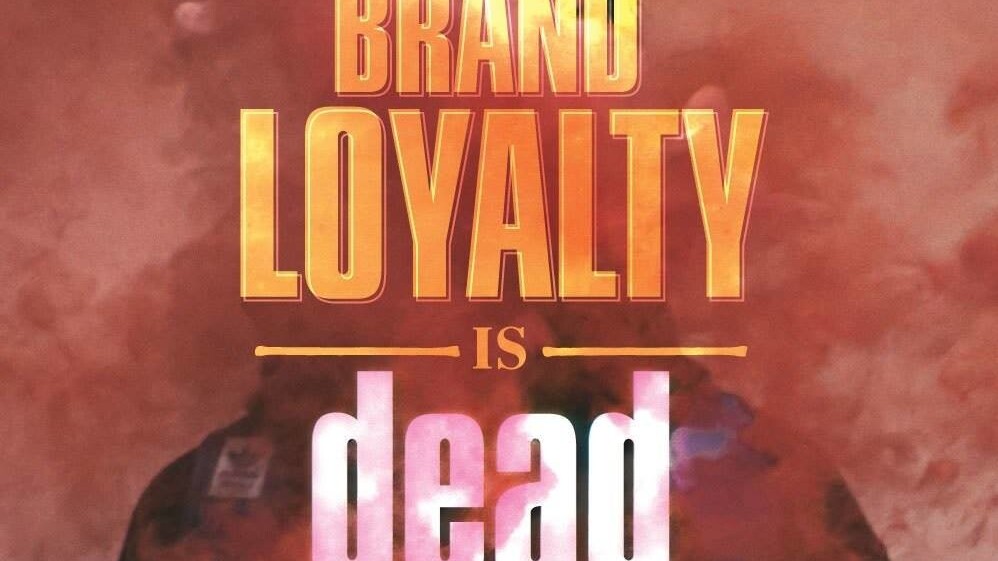
Brand loyalty used to be a race to the top and once you got there you were relatively assured you’d stay there for the foreseeable future. Now brand loyalty is on shaky ground thanks to how easy it is to find and purchase new brands. Consumers are no longer limited to what is on the shelves in their local stores. You can literally find over 6,500 listings for dish soap on Amazon.
Whatever nitpicky little thing you don’t like about your current dish soap – whether the commercial made you cry and you don’t like feelings or whether they don’t donate enough money to environmental causes – you can always find something new and even have it delivered right to your door. Consumers have more choices than ever before, but instead of killing brand loyalty it’s actually changing brand loyalty for the better.
The Evolution Of Brand Loyalty
Before the 1950s brand loyalty was simply based on who had the best product. Good Year made the best tires, so you bought Good Year if you wanted them to last and be safe. RCA made the best radios so you bought an RCA radio if you wanted it to last. As quality increased across the board in the 1950s brands had to get creative if they were going to sell their products to the public.
According to Mike Clum, the founder of a Facebook advertising agency, this is when the so-called “Golden Age” of advertising really took off. People became loyal not just to brands, but to jingles, advertising slogans, mascots, and even celebrities. Just about every tobacco company had a celebrity singing the praises of their cigarettes, and people bought soap powder based on the daytime television shows those brands supported. According to AdAge:
“By 1940, there were 55 daytime serials, and several were aired twice a day, some on more than one network. All such programs were broadcast between 9 a.m. and 5 p.m., during what advertisers regarded as women’s hours, even though women made up the bulk of the audience in all dayparts. By the early 1920s, advertisers had noted that women purchased up to 85% of most household products sold in the U.S. This made women a highly desirable audience, especially for such mass consumer goods as soaps, cosmetics, packaged foods and healthcare products.”
By the 1980s brands needed to make a big shift again, and this is when loyalty programs first started to take hold. Airline miles were one of the earliest examples of loyalty programs, and they were heartily embraced by an eager public.
One man even purchased 12,000 Healthy Choice pudding cups in 1999 which he was able to trade in for 1.2 million airline miles. Fast forward to today and there are 29 loyalty program memberships per household in the United States. People are getting burning out on the old loyalty programs and it is hurting customer loyalty once again.
What Are Today’s Customers Looking For?
Millennials are leading the way to a new kind of brand loyalty. No longer is having a good product or sponsoring daytime television enough to gain loyal customers. Today’s brands have to engage in good business practices, have excellent customer service, and be innovative.
Cell phone carriers, clothing brands, and health and beauty brands are the top three areas that still have a fair amount of brand loyalty, but thanks to the availability of literally everything you can imagine online brands have to work to attract and retain customers. Millennials report they will switch brands if:
- They have a change in financial situation (56%)
- The brand raises prices (41%)
- A friend or family member recommends something different (38%)
- A better product comes along (37%)
- A brand has a scandal such as bad business practices (32%)
Which Brands Still Retain The Most Customer Loyalty?
There are some brands that are so entrenched into our daily lives that we may not even realize how loyal we are to them. Google has managed to become the top brand for loyalty thanks to how much it has managed to work its way into every aspect of our daily lives.
Amazon has become the preferred marketplace for all things online, rivaling brick-and-mortar WalMart for the top retailer in the nation. And Apple has managed to generate a massive loyal fan base around its iPhone, so much so that people are willing to camp out whenever they release a new product. In fact, Apple’s customers admit to practicing blind loyalty to Apple products.
How Can Brands Compete?
Today’s brands will have to work even harder to compete for loyal customers, but the things they will have to do to remain competitive are quite simple. Make sure your product quality and business practices are stellar. Be responsive to customers and practice excellent customer service. In today’s market even startups have a chance to gain customer loyalty. Learn more from this infographic from Rave Reviews.
Get the TNW newsletter
Get the most important tech news in your inbox each week.





